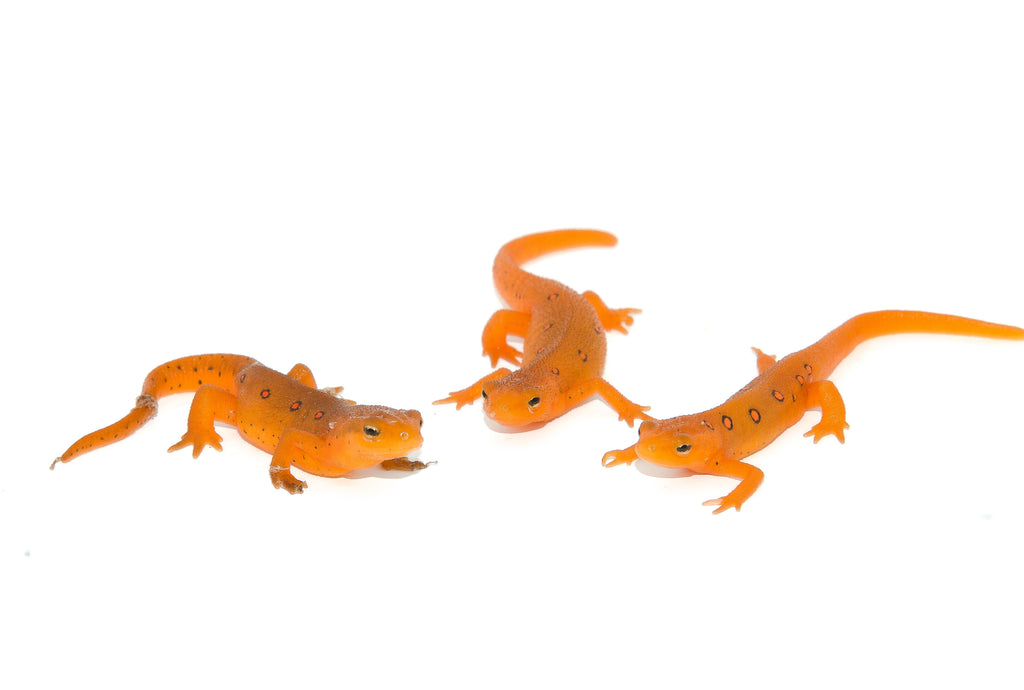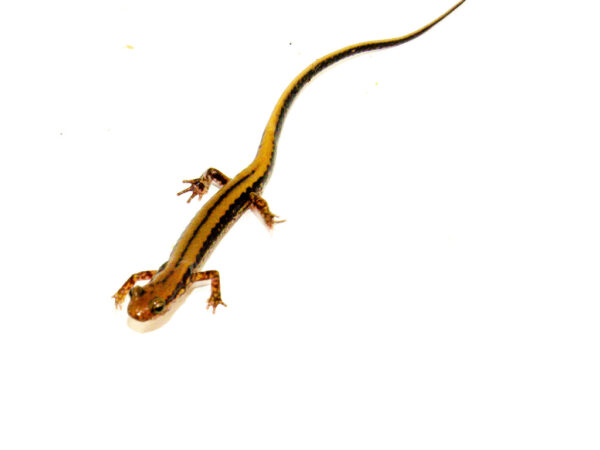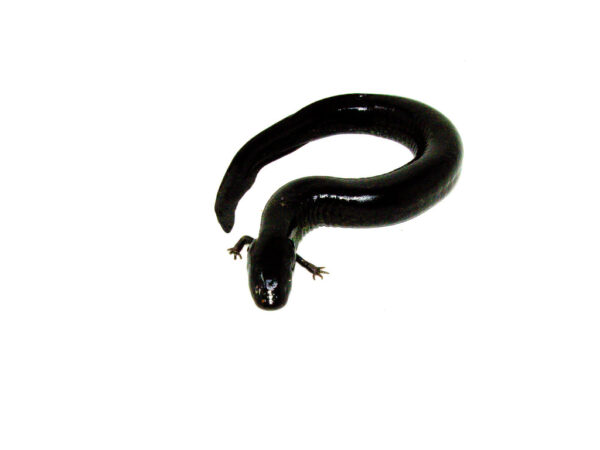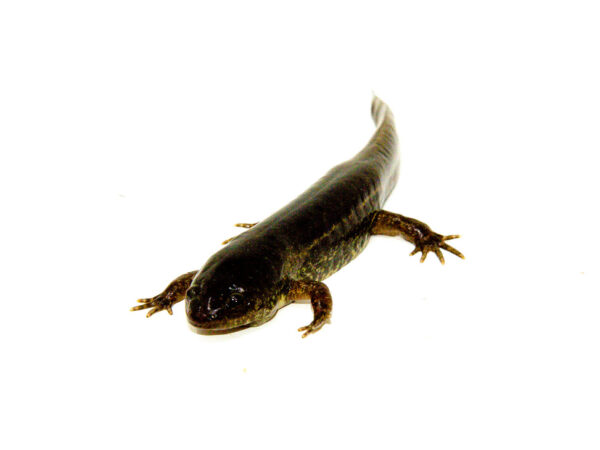We have beautiful Red Efts for sale at American Reptile Distributors! These are terrific pet amphibians that are suitable for collectors of all skill levels!
These red and orange beauties are also known as “Eastern Newts”. These little guy are known to live within small freshwater bodies.
Species: Notophthalmus viridescens
Origin: Field Collected
Size: Approximately 1-1.5 inches
Natural Range: North America. Ranging from Canada down to Texas
Food: Newt food, pinhead crickets, and tubaflex worms
Lifespan: Up to 15 years in captivity with proper care and setup
WhatsApp us








Reviews
There are no reviews yet.